Electric bikes have become a popular and eco-friendly mode of transportation, offering a convenient and efficient way to commute. As more people embrace this sustainable option, questions arise about their suitability in various weather conditions.
Riding an electric bike in the rain raises concerns about safety and performance. Here is a question arase Can You Ride An Electric Bike In The Rain? electric bikes come equipped with motors and batteries, prompting riders to wonder if exposure to rain might affect their functionality. Addressing these concerns is essential for those who rely on electric bikes for their daily travels.
We delve into the practicality of riding an electric bike in the rain. Understanding the impact of water on electric bike components and discovering ways to ensure a safe and enjoyable ride during wet weather will help riders make informed decisions about incorporating this eco-conscious mode of transportation into their daily lives, rain or shine.
Ride An Ebike In The Rain

Riding an eBike in the rain can be an exciting adventure, but it’s important to stay safe. Wear a waterproof jacket and pants to stay dry. Make sure the eBike’s lights are on for visibility, and ride carefully to avoid slippery spots.
Remember to take it slow, as wet roads can be slippery. Keep a firm grip on the handlebars, and avoid sudden movements. Check the weather forecast before heading out, and if it’s a heavy downpour, consider waiting for a clearer day. Riding an eBike in the rain can be fun, as long as you prioritize safety and take precautions to enjoy the experience.
1. Use Bike Fenders
When riding an eBike in the rain, using bike fenders is a smart choice. Bike fenders help keep water and mud from splashing onto you, keeping you drier during your ride. They attach easily to the front and rear wheels, providing a protective shield against the rain.
With bike fenders, you can ride more comfortably, as they reduce the amount of water sprayed onto your clothing and face. This simple accessory not only keeps you dry but also helps maintain better visibility and control of your eBike in wet conditions.
2. Weatherproof Your Gear
When planning to ride an eBike in the rain, it’s crucial to weatherproof your gear. Invest in a waterproof backpack or panniers to protect your belongings from getting soaked. Consider using rain covers for electronics like your phone or any other gadgets you might be carrying.
Wearing waterproof gear, including a jacket and pants, will keep you dry and more comfortable throughout your ride. Don’t forget to choose water-resistant footwear to prevent your feet from getting wet.Apply a water repellent spray to your eBike’s electrical components to protect them from moisture.
3. Use Headlights and Taillights
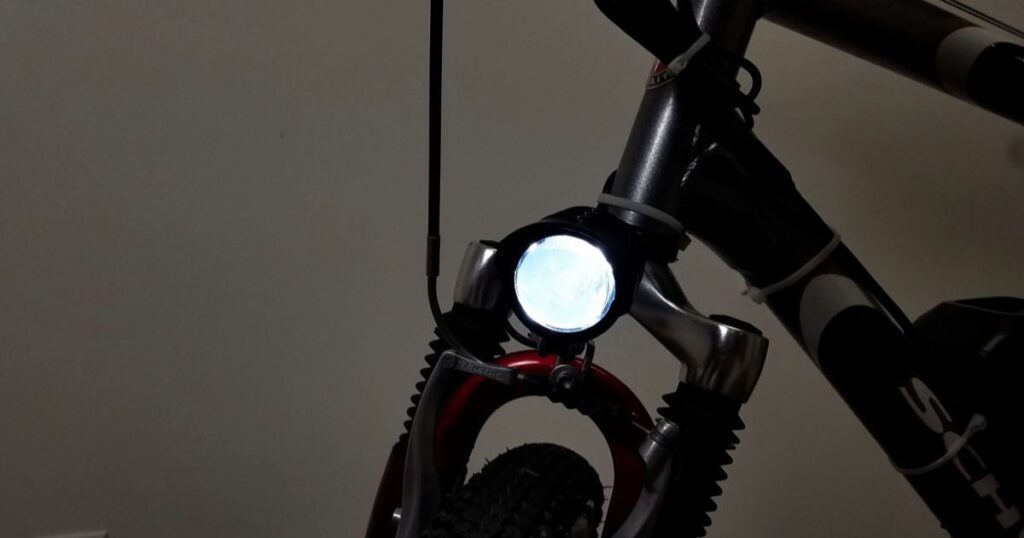
When riding an eBike in the rain, using headlights and taillights is essential for safety. Rainy weather often reduces visibility, making it crucial to be seen by other road users. Turn on your eBike’s headlights to illuminate the path ahead, making it easier for you to navigate and for others to notice your presence.
Equally important are taillights, which enhance your visibility from the rear. Even during the day, rainy conditions can create low-light situations, so keeping your taillights on helps prevent accidents by alerting vehicles behind you.
4. Wear Weatherproof Clothing
When riding an eBike in the rain, wearing weatherproof clothing is key to staying dry and comfortable. Invest in a waterproof jacket and pants to create a barrier against the rain. Look for materials that are both water-resistant and breathable to prevent overheating.
To keep your feet dry, opt for waterproof and windproof shoe covers. Wearing gloves with water-resistant properties will help keep your hands warm and dry during the ride. Consider a helmet cover to shield your head from the rain.
5. Brake Early
It is important to brake early when riding an eBike. Wet roads can be slippery, and it takes longer to come to a complete stop. Start applying the brakes well in advance of when you need to stop or slow down. This gradual approach helps prevent skidding and gives you better control over your eBike.
Remember to use both the front and rear brakes, but be cautious not to apply them too abruptly, especially the front brake, as this can lead to skidding. Give yourself extra time and distance when approaching intersections or making turns.
6. Be Cautious of Corners
Exercise caution when navigating corners on your eBike. Wet surfaces can make turns more slippery, increasing the risk of losing control. Approach corners at a reduced speed and avoid making sudden or sharp turns.
Shift your body weight slightly to the rear to improve traction on the rear wheel, and keep a firm grip on the handlebars. Be mindful of painted road markings or crosswalks, as these can become especially slippery in wet conditions.
7. Look for Slick Spots
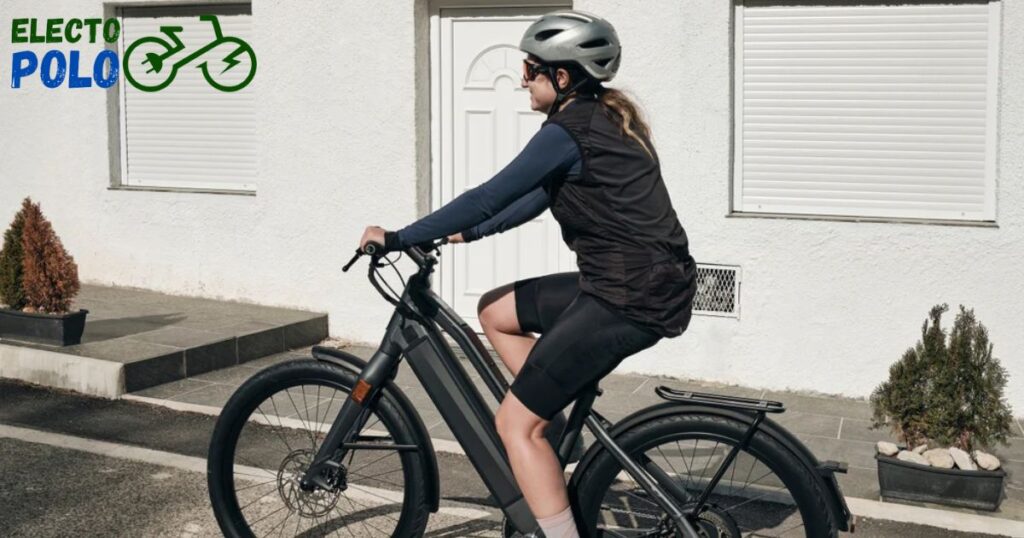
Keep an eye out for slick spots when riding your eBike in the rain. Wet surfaces, especially certain materials like metal or painted areas, can become extra slippery. Scan the road ahead for shiny or reflective surfaces, as these may indicate areas with reduced traction.
When approaching slick spots, reduce your speed and try to ride in a straight line to maintain stability. Be particularly cautious when crossing metal surfaces like manhole covers or grates, and avoid abrupt movements or sharp turns on these surfaces.
8. Make Yourself Visible
In rainy conditions, it’s crucial to make yourself highly visible while riding an eBike. Rain can reduce visibility for both you and other road users. Wear brightly colored or reflective clothing to stand out in the gloomy weather. Consider attaching reflective accessories to your eBike and helmet.
Keep your eBike’s lights on, including both headlights and taillights, even during the day. This ensures that others on the road can easily see you from a distance. Visibility is key to safety in adverse weather conditions.
9. Plan a Safe Route
Before embarking on your eBike ride in the rain, take the time to plan a safe route. Choose well-maintained roads with good drainage to avoid puddles and potential hazards. Consider routes with less traffic to reduce the likelihood of encounters with other vehicles in challenging weather.
Check the weather forecast and try to schedule your ride during periods of lighter rain if possible. Be aware of any construction or roadwork that might be happening along your chosen route, as these areas can become more hazardous in wet conditions.
10. Clean Your Electric Bike After You Ride
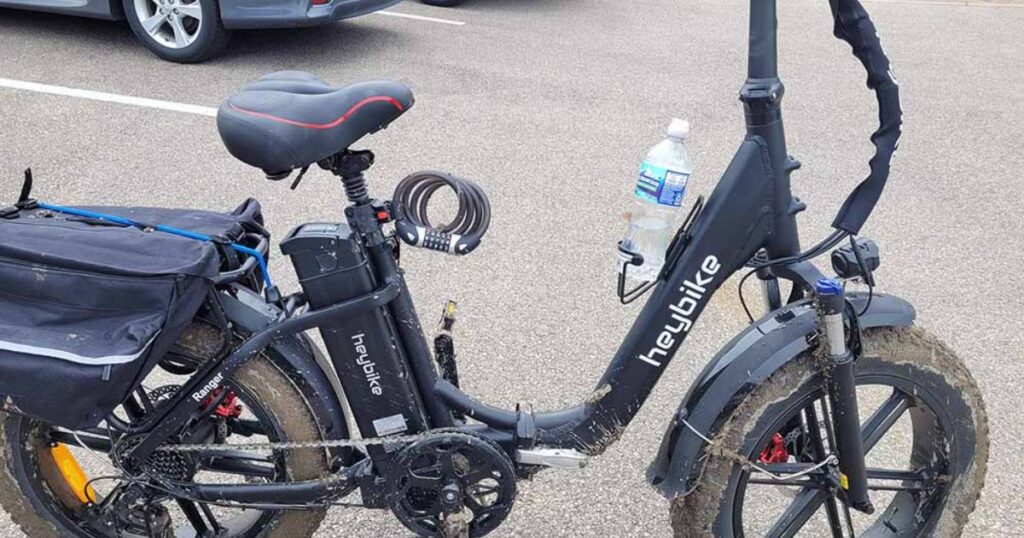
After riding your electric bike in the rain, it’s important to clean it thoroughly to maintain its performance and longevity. Use a gentle hose or a bucket of water to wash away dirt, mud, and any debris that may have accumulated during the ride.
Pay special attention to the chain, gears, and brakes, as these areas are more prone to collecting grime in wet conditions. Use a mild detergent and a soft brush to clean these components. Wipe down the frame and other parts with a clean, dry cloth.
Frequently Asked Questions
What If My E-Bike Is Damaged By Rain?
Cover Your Bike During Rainy Rides.
Which E-Bike Components Are Most Susceptible To Water Damage?
Electrical components, such as the motor and controller, are most susceptible.
Are electric bike batteries waterproof?
Many electric bike batteries have some level of water resistance, but it’s crucial to check the manufacturer’s specifications.
What should you not do on an electric bike?
Avoid submerging it in water, overloading beyond its capacity, and ignoring manufacturer guidelines.
Why cover your bike during rainy rides?
To protect it from water damage and ensure the longevity of its electrical components.
Final Thoughts
Riding an electric bike in the rain is generally safe if the bike is designed to withstand wet conditions. Many electric bikes come equipped with water-resistant components and sealed electrical systems, ensuring they can handle light rain without any issues. It’s crucial to check the manufacturer’s guidelines and specifications to ensure your specific electric bike is suitable for rainy weather.
While riding in light rain may be acceptable, it’s advisable to avoid heavy downpours and take extra precautions, such as using fenders and wearing appropriate rain gear. Regular maintenance, including drying and cleaning your electric bike after rainy rides, can also contribute to its longevity and optimal performance.

I’m passionate electric scooter enthusiast and the voice behind this blog. I’m here to share my expertise and insights with you. From in-depth reviews to problem-solving guides, my goal is to help you make the most of your electric scooter experience.
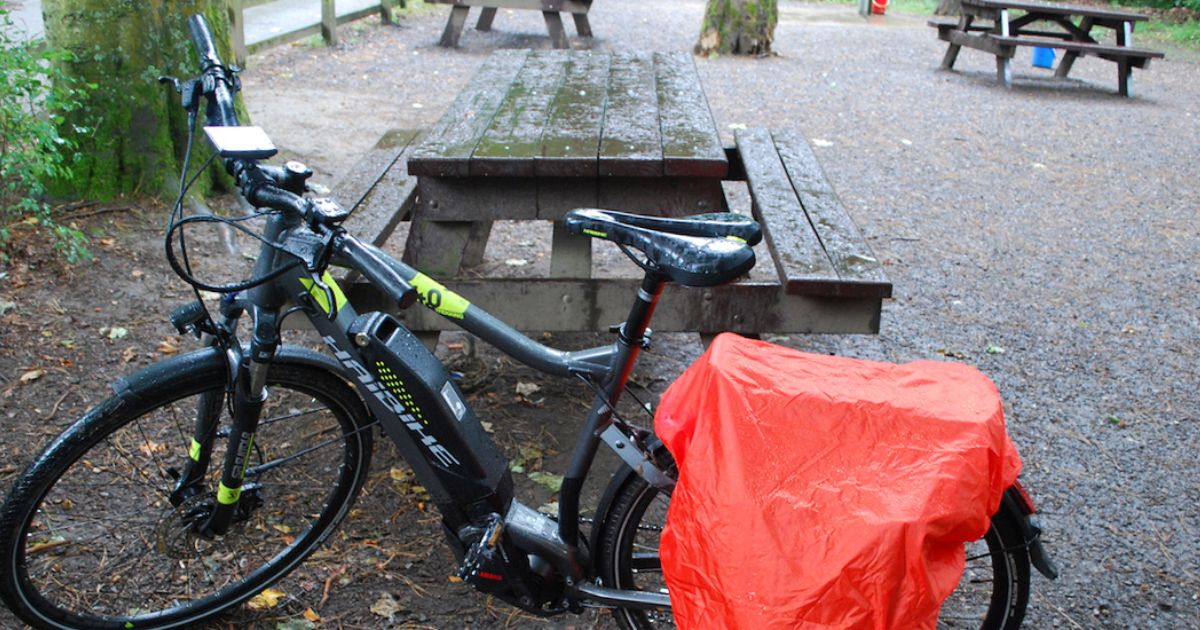
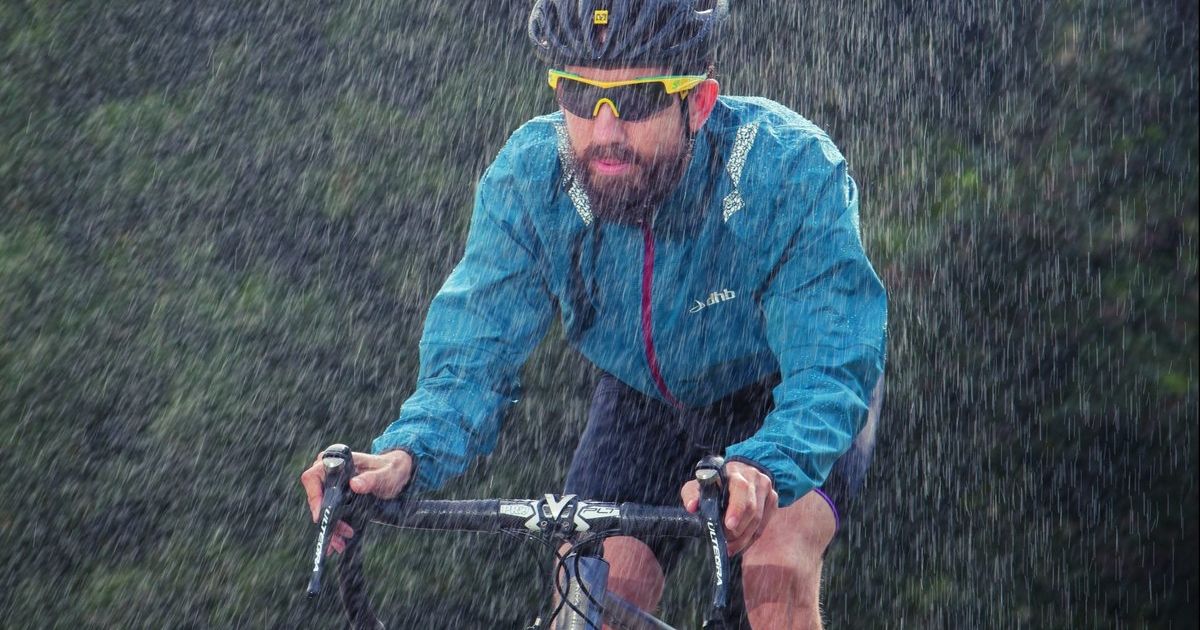
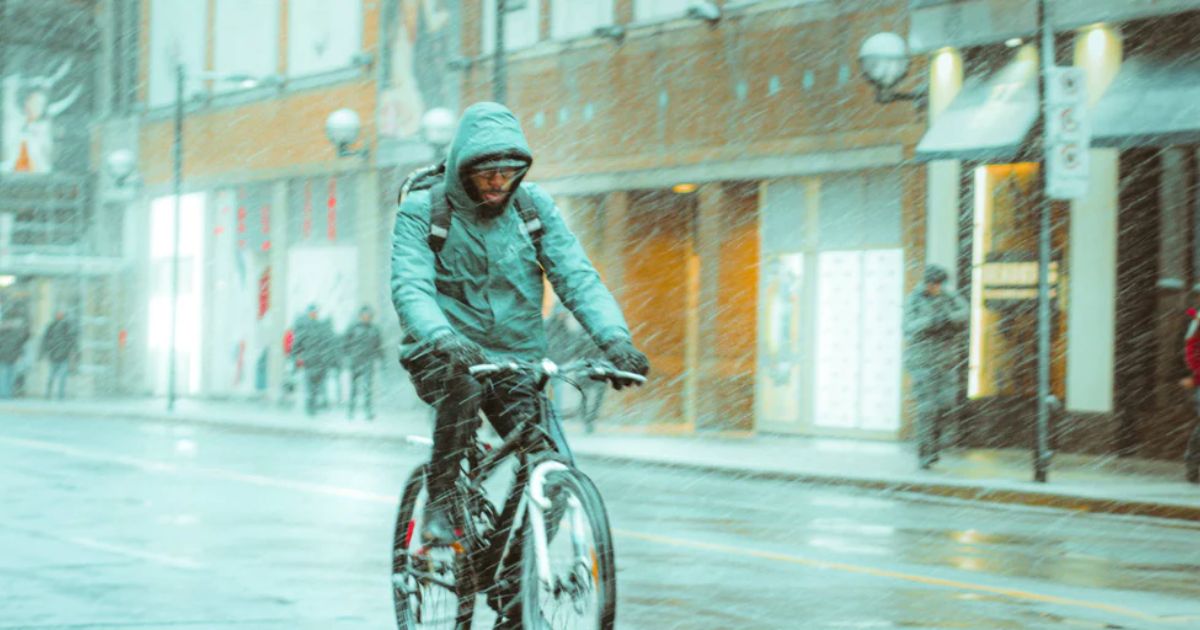
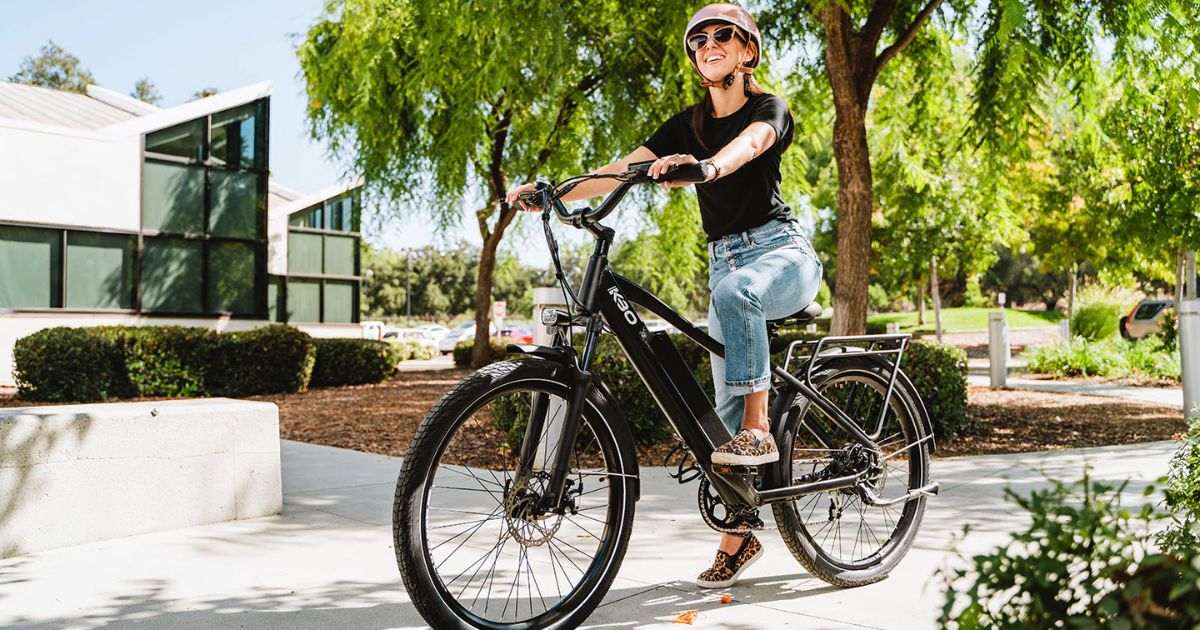
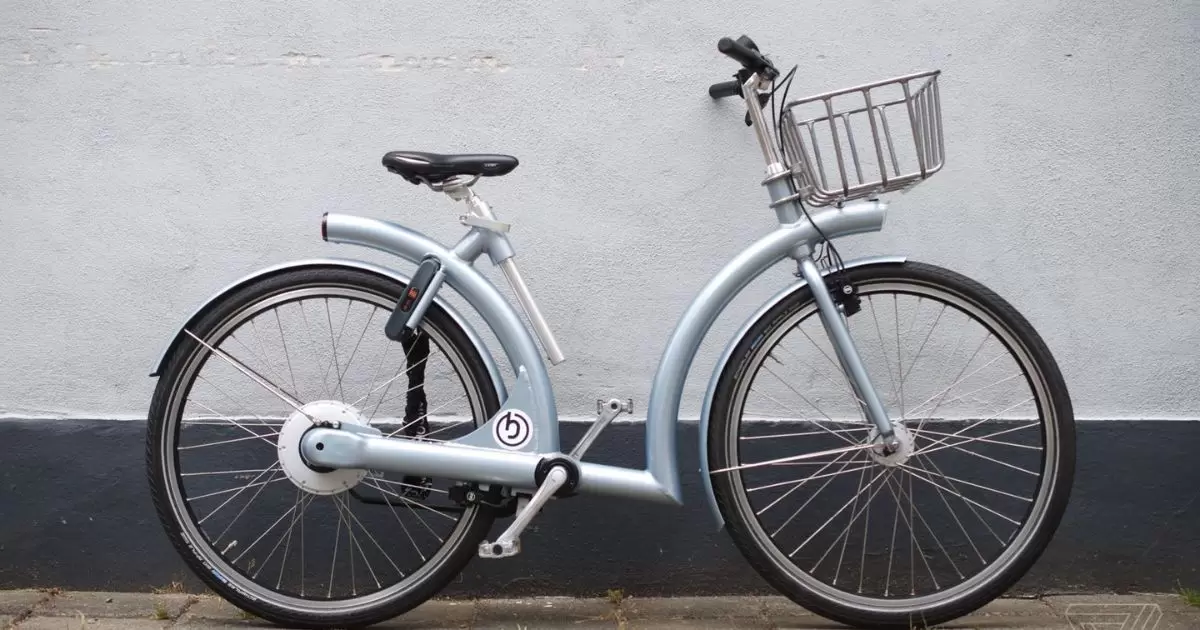
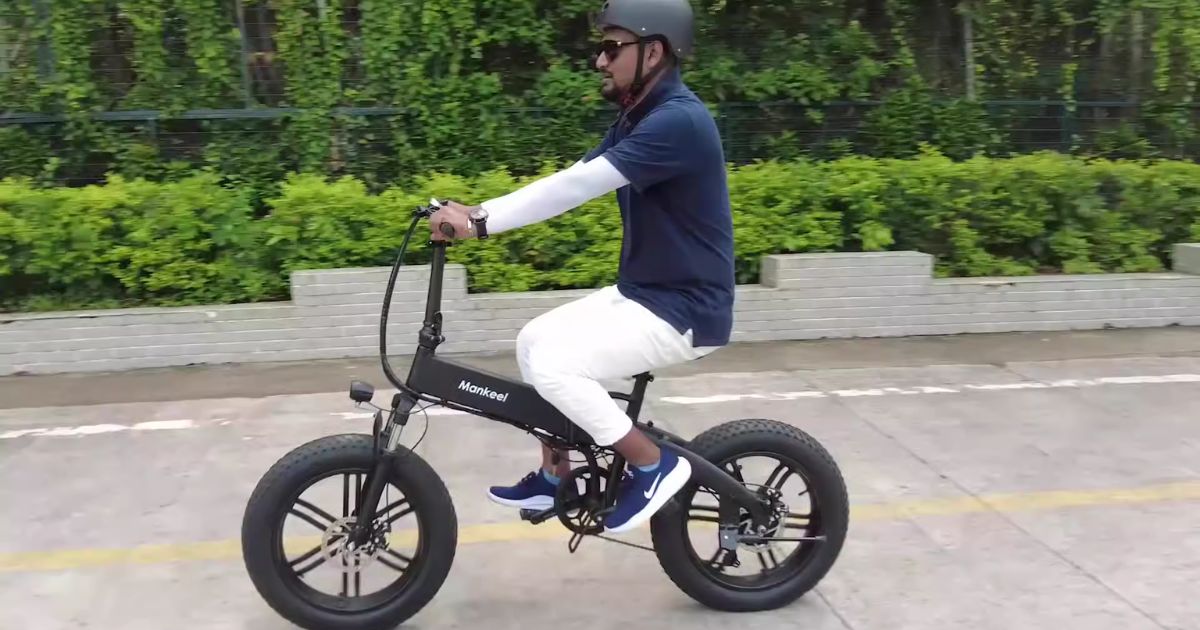


![Gomyfinance.com Invest: I Made $5,000 in My First Month [Real Results 2025]](https://electopolo.com/wp-content/uploads/2025/05/Gomyfinance.com-Invest-I-Made-5000-in-My-First-Month-Real-Results-2025-150x150.jpg)


